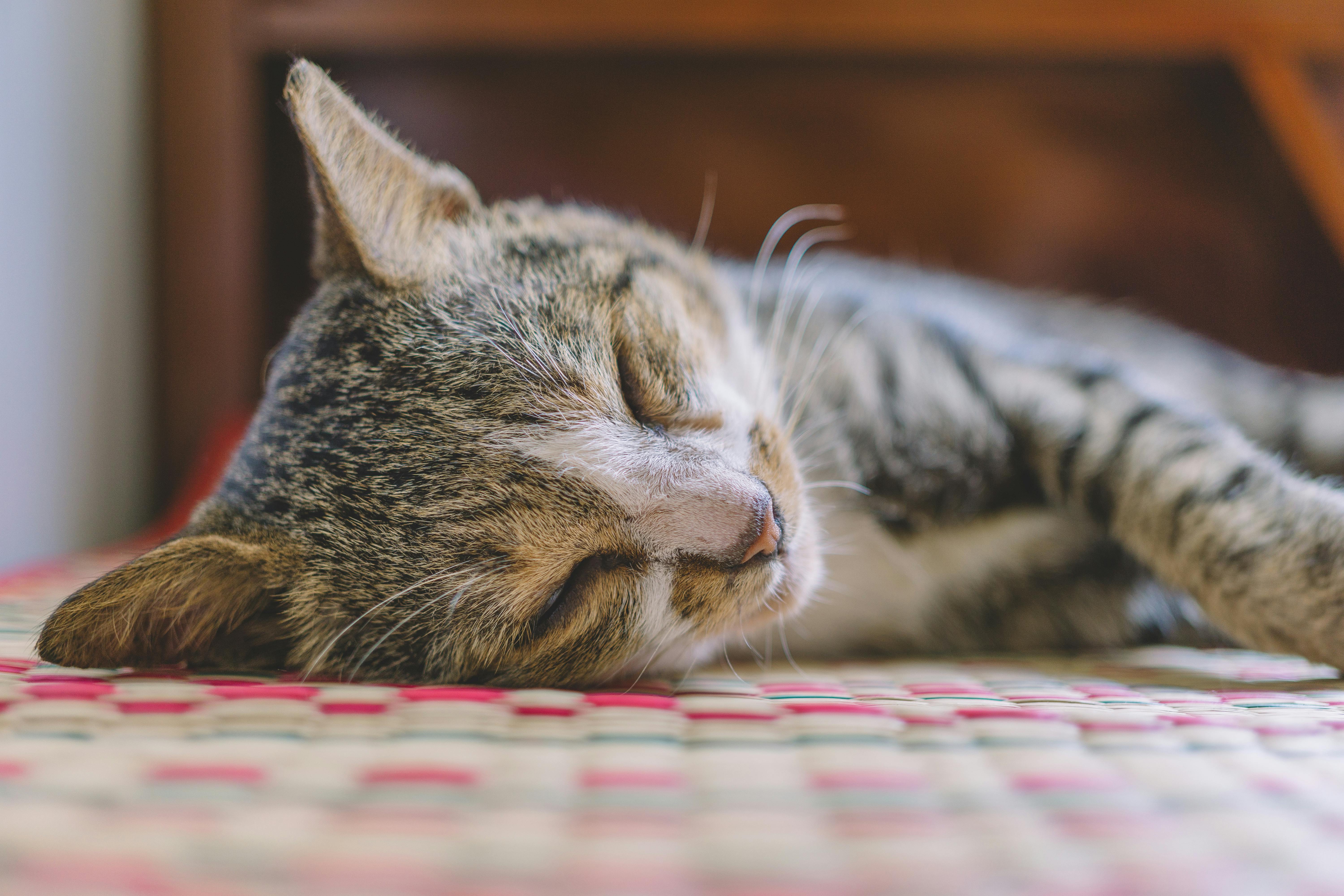Playful, affectionate, active, and occasionally loud, the Burmese (sometimes known as the copper cat) is a popular pet in the United States and Europe. However, it is a relatively recent addition to the west, having first been introduced to the United States in 1930.
The history of the Burmese
Perhaps unsurprisingly, Burmese are originally from Myanmar, which was previously called Burma. Today, in Myanmar, the Burmese is still known as the copper cat. The breed was popular in Myanmar for hundreds of years before it was transported to Europe and the United States. In fact, the cat is believed to have been worshiped in Burmese temples. Additionally, the breed is mentioned in a manuscript titled The Cat Book of Poems, which was written in Siam (now Thailand) and is believed to have been created between 1350 and 1767.
As mentioned above, it was not until 1930 that the breed was introduced to the United States. Today, all Burmese cats in the US and Europe have a common ancestor called the Wong Mau. Wong Mau was brought to Europe and the United States by Joseph Thompson, who, as a retired physician, had traveled to Tibet and was living as a Buddhist monk. During this time, Thompson became fascinated with Oriental cats and decided to breed a Burmese and a Siamese to determine the Burmese as a distinct breed rather than a variant of the Siamese.
When Thompson tried to establish the breed in the US, he faced opposition from Siamese breeders who believed that Wong Mau was nothing more than a Siamese with a peculiar color. The Cat Breeders Association granted recognition status to Burmese in 1936, but, in 1947, it retracted recognition due to continued opposition and poor breeding practices. After improvements were made, the breed was reinstated in 1953.
Appearance and color
The Burmese is characterized by its strong and muscular body and its short, smooth coat. The breed is sometimes affectionately described as a ‘brick wrapped in silk’, due to the heaviness of the body. All Burmese have round faces and completely golden or amber eyes. The coat can be solid or spiky (markings on the legs, tail, ears, and face).
There are three basic types of Burmese cat: contemporary, traditional, and European. Contemporary Burmese is currently the most popular. The traditional Burmese, as the name suggests, is more like the original Myanmar breed. The European Burmese, sometimes referred to as “foreigner”, is slimmer and more gracefully in shape than the other variants of the breed.
Character and temperament
One of the main reasons for the popularity of the Burmese is that they have extraordinarily attractive personalities. They are very active, playful, intelligent, and most importantly, affectionate. Unlike some cats, the Burmese loves to spend time with his human family, which means that the breed is not suitable for those who spend all day at work or school.
The Burmese female tends to be more curious and adventurous, while the male of the species is known to be laid-back and unfazed by life. However, both sexes can be noisy and emit a wide variety of screams and meows. However, the sound of a Burmese is generally more pleasant than that of a Siamese, as it is lower in volume and tone.
Health problems in Burmese
The most common health problem among Burmese is gingivitis, so it is advisable to take preventive measures in the form of good dental care. It is also quite common for Burmese kittens to be born with a condition called ‘cherry eye’, which is a problem with the third eyelid. The good news is that “cherry eye” can be corrected with a simple surgical procedure.
The contemporary variant of the breed is at risk for cranial deformities, watery eyes, and breathing difficulties, due to a genetic predisposition. However, these problems do not arise as often with traditional Burmese or Europeans.
The Burmese is a wonderful companion, but it is important that he has the proper stimulation and is not left alone for long periods. Also, if you are interested in acquiring a Burmese, it is wise to find a reputable breeder to reduce the risk of genetic health problems. Alternatively, you may consider adopting a Burmese from a rescue service.



